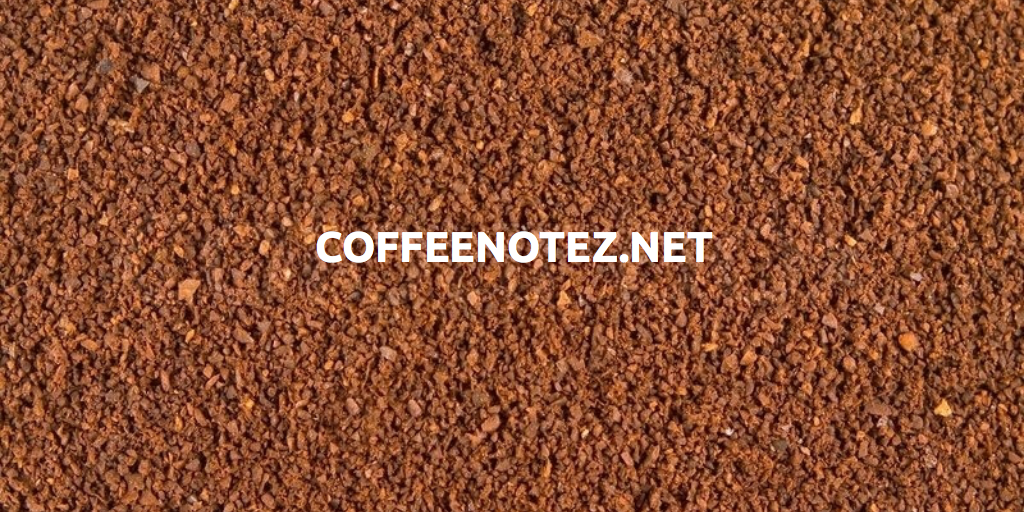
Dear Coffee Lover,
We care about the change of the area to which the particles are exposed in the coffee grinder and their equality with each other. Uman and Dashwood* also investigated the effect of different origin coffees and the bean temperatures during grinding.
The most important factors affecting the taste of coffee are the origin of the coffee used, how it is roasted, the temperature and quality of the water and, of course, the grinding process.
We all know the importance of grinding, and there is a significant increase in the number of household appliances and the budget spent, which is pleasing because as roasters we want to make sure that our coffee goes through the right processes at home.
The most important thing we expect from a grinder is that the grinded particles are of equal size. Again, we always emphasize that the size should be adjusted according to the brewing method (drip, espresso, etc.) and shape (water temperature and brewing time), and the importance of creating a good recipe.
Erol Uman and Maxwell Colonna-Dashwood investigated the effects of the region of the bean used and the temperature of the bean in the chamber on grinding, as well as the total area where the particles are exposed to water and the particle distribution, using the Mahlkönig EK43, which is the lowest retention time value.
There are deficiencies in the study, such as considering only the region instead of evaluating beans with different densities, or not including tasting tests at all. Or again, it would be gratifying if the effect of particle surface shapes on the result was supported by measurement and taste tests... But we found it important and useful because it brought us closer to the answers to some of the questions we always wondered about.
Let's come to the findings: There is no significant difference in the research where Guatemala, El Salvador, Tanzania and Ethiopia coffees were tested for the question of different particle distribution in the grinding of different regional coffees. For the effect of temperature, experiments are carried out with 'Guatemala' coffee, which is thought to have 'balanced' values, and yes, it is profitable here with an important finding...
In tests carried out at 4 different temperatures using liquid nitrogen, it is revealed that the lower the temperature of the core during grinding, the smaller and more even particles can be grinded .
These results can also be interpreted as an increase in extraction performance (particularly about equal particles) and can allow systems that require more tuning changes as they are used more.
* Uman, E. et al. The effect of bean origin and temperature on grinding roasted coffee. sci. Rep. 6, 24483; doi: 10.1038/srep24483 (2016)
http://www.nature.com/articles/srep24483#methods

